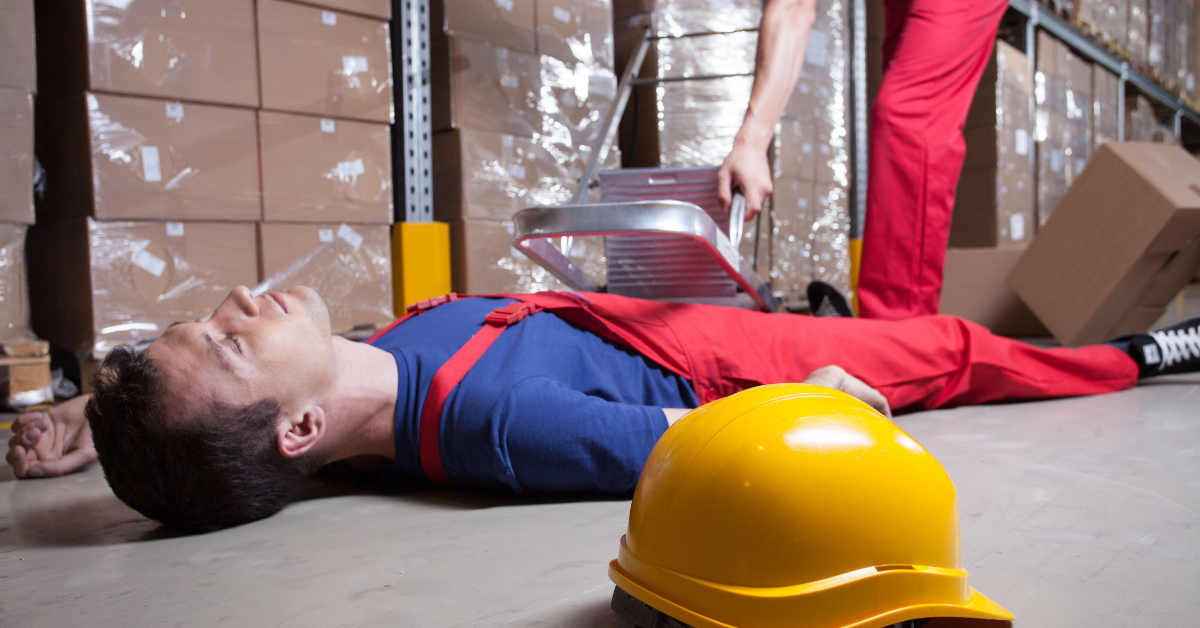Falls from ladders are a leading cause of injury and death for workers. A National Institute for Occupational Safety and Health (NIOSH) study indicated, “ladders are involved in 20 percent of fall injuries among workers – and 81 percent of construction-worker fall injuries.”
Those aren’t the only people that are at serious risk of injury or death, though. According to the Consumer Product Safety Commission (CPSC) more than 164,000 emergency room treated injuries every year are as a result of falls from ladders.
I have a family member, who shall remain nameless, that is banned from using ladders and I can think of another one that probably should be too. Whether you’re using a ladder to prune some trees, clear the gutters of leaves, replace the spotlight over the garage or hanging your Holiday decorations in the dead of winter, do yourself and your loved ones a favor and follow these simple ladder safety rules.
Always inspect the ladder before using it
Look for cracked rungs or missing rivets. Make sure the rails and steps are not cracked, split or broken, the braces are in good working order and the non-slip feet are in good working order and are not worn.
Use the right ladder for the job
Do not use a step ladder as a straight ladder, extend both sides and lock the braces. If using an extension ladder, make sure it is long enough to safely reach your objective. Follow the manufacturers recommendations for not exceeding the safe step height (never stand on the top two steps of a step ladder or the top three steps of a straight or extension ladder). Do not exceed the load capacity.
Place the ladder on a stable surface
Do not set the ladder on slippery surfaces such as waxed floors or carpets on hardwood floors. Do not place the ladder on tables, boxes or any object of unknown stability. If using the ladder outside, ensure that the ground is solid and never use a ladder on ice or snow. Secure either the top or bottom of extension ladders.
Set up the ladder correctly and work safely
To set an extension ladder at the proper angle, remember that the base should be 1 foot from the wall or vertical object it is leaning on for every 4 feet in height. To verify a safe angle, put your toes at the base of the ladder, extend your arms and you should be able to grab the steps.
Always maintain three points of contact
Either both hands and a foot or both feet and a hand. Keep your center of gravity in the middle of the ladder and do not reach too far outside the vertical rails. Only climb up and down facing the ladder. Have someone ‘foot’ the ladder to provide more stability.
These are just a few simple tips to help you use a ladder safely. Always read and follow the manufacturer’s safety recommendations and most of all, use common sense. Ask yourself if the task at hand is necessary and if you feel uncomfortable, ask someone for help or hire a professional.







